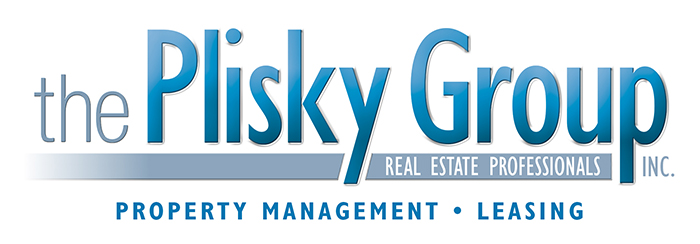
Please be sure to look under the Apply Now tab for more available properties that may not be in the MLS or shown here.
The Truth About Mello-Roos
The Real Benefits of Mello-Roos
As always, today's families recognize the importance of living in a community that's as desirable as their home itself. Mello-Roos enables critical community facilities to be provided whenever they're needed at a lower cost to homeowners. By doing so, Mello-Roos ensures a higher quality of life for every family in that community. Perhaps most importantly of all, Mello-Roos helps preserve the value of your new home investment.
Where did Mello-Roos Come From?
When Proposition 13 passed in 1978, it severely limited the ability of local governments to use property taxes to construct public facilities and services. As a result, Californians were forced to find new ways to fund public improvements in their respective locales. The Mello-Roos Community Facilities Act of 1982 was co-authored by Senator Henry Mello of the Monterey area and Los Angeles assemblyman Mike Roos. Enacted by the California legislature, the Act enabled "Community Facilities Districts" (CFD's) to be established by local government agencies as a means of obtaining this crucial community funding. Today the colloquial name for the Facilities Act of 1982 is simply "Mello-Roos."
What Public Facilities are Funded by Mello-Roos?
School districts are the most common beneficiaries. Since state funds are not available to provide the quality of facilities necessary in every community in California, Mello-Roos makes the acquisition of timely financing possible. In addition, Mello-Roos can provide financing for other vital community needs. These needs include the construction and maintenance of public roads, traffic light systems, storm sewers, water mains, police stations, fire stations, ambulance services, public libraries, recreational parks, museums and cultural facilities.
How is Community Funding Provided?
Let's say, for example, that plans for a new school are approved in your Community Facilities District. To finance the school, tax-exempt municipal bonds are issued. These public bonds are repaid (or secured) over an extended time through the levy of a special tax (Mello-Roos) on properties that benefit from the facility. This tax is usually added to the annual property tax bills (over a 20-25 year period) of residences within the CFD. Commercial and industrial property owners are also subject to Mello-Roos. All proceeds raised from Mello-Roos assessment must be used exclusively to finance the specific public facilities and/or services that were authorized in your CFD.
How Much Will I Be Assessed?
This will vary from one CFD to another. Typically, an adopted formula that relates to the size of the home (square footage or lot size) is used to determine the amount of an individual assessment. In general, the special taxes and assessments do not exceed 1% to 1.5% of the market value of new homes. Moreover, the total amount of all annual taxes (including property tax) usually does not exceed 2% to 2.5% of the home's market value.
Will My Mello-Roos Tax Increase?
It can. However, this special tax can increase only at a maximum rate of 2% per year over a 25 years period. On the other hand, it's possible that this tax will decrease, should state or other funds become available that could be used to reduce existing bond indebtedness, or be used to construct new facilities in lieu of additional bond sales.
Can I Choose How to Pay for Mello-Roos?
Yes. As already mentioned, the special assessment can be added to your property tax bills until your portion of the tax is paid off. A schedule of maximum special tax payments over a period of 25 years is available to homeowners prior to the close of escrow. Those who purchased a new home also have the option to pay for their Mello-Roos tax in its entirety at the time they buy. However, because statistics indicate that the average homeowner in California moves every seven years, it's often prudent to spread the payments over time.
Why Can't Builders Bear the Cost of these Facilities?
They can. But ultimately, the builder must recover these considerable costs in the form of higher home prices. Commercial construction loans acquired by builders typically incur higher rates of interest than CFD financing, which accrues at significantly lower rates.
Mello-Roos Makes Sense
Buying a home is the most important decision most of us will ever make. Mello-Roos offers the security of knowing that your community will continue to prosper and grow in ways that are most beneficial to its residents..
